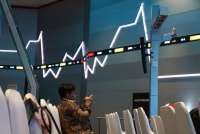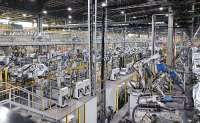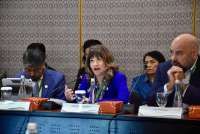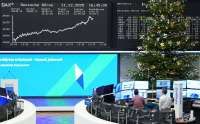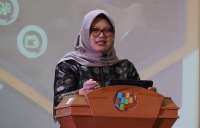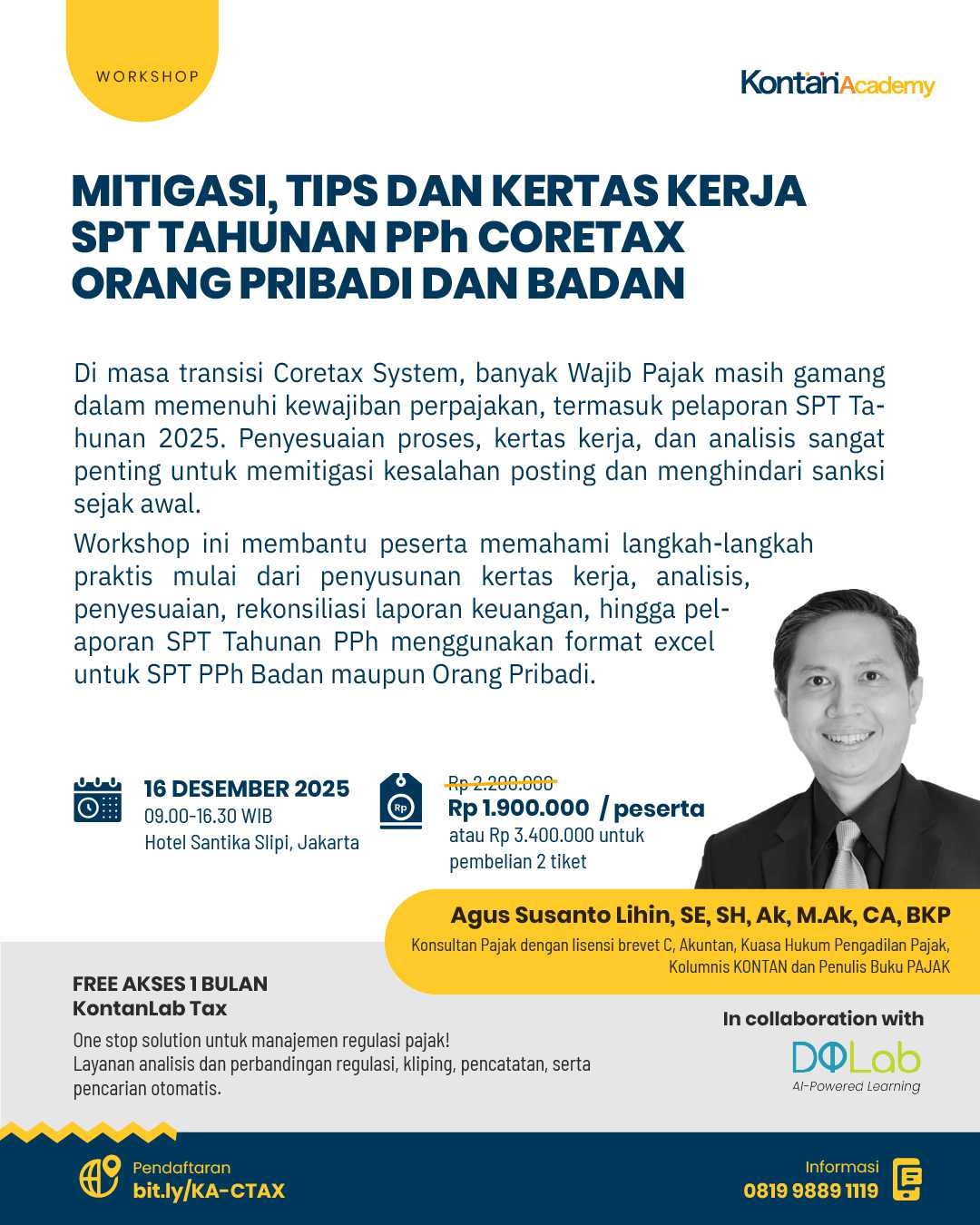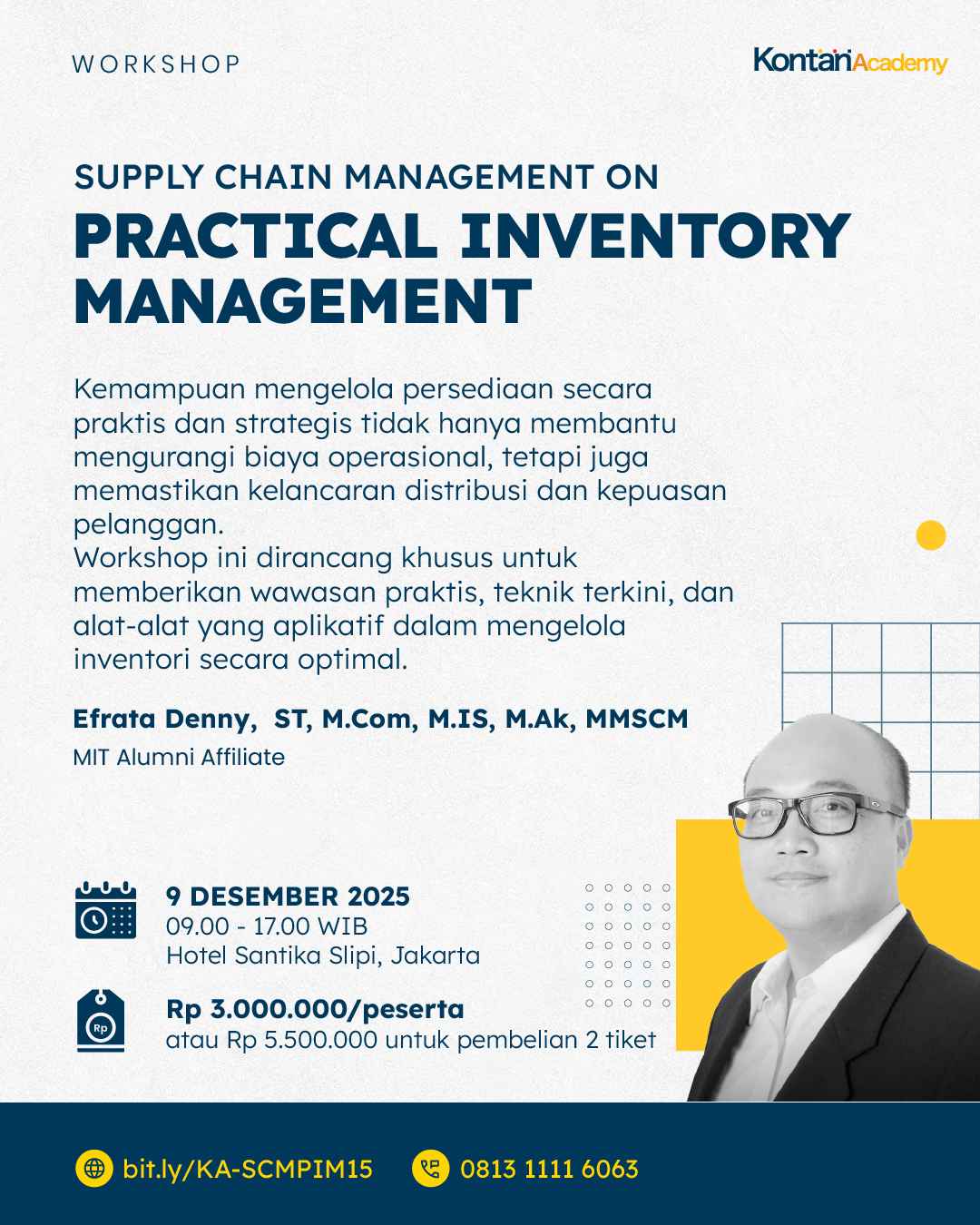Sumber: The Fed | Editor: Hasbi Maulana
The projection for inflation over the medium term was revised up a bit, reflecting the slightly tighter resource utilization in the new forecast. The rates of both total and core PCE price inflation were projected to be faster in 2018 than in 2017. The staff projected that inflation would reach the Committee's 2 percent objective in 2019.
The staff viewed the uncertainty around its projections for real GDP growth, the unemployment rate, and inflation as similar to the average of the past 20 years. The staff saw the risks to the forecasts for real GDP growth and the unemployment rate as balanced. On the upside, recent fiscal policy changes could lead to a greater expansion in economic activity over the next few years than the staff projected. On the downside, those fiscal policy changes could yield less impetus to the economy than the staff expected if the economy was already operating above its potential level and resource utilization continued to tighten, as the staff projected. Risks to the inflation projection also were seen as balanced. An upside risk was that inflation could increase more than expected in an economy that was projected to move further above its potential. Downside risks included the possibilities that longer-term inflation expectations may have edged lower or that the run of low core inflation readings last year could prove to be more persistent than the staff expected.
Participants' Views on Current Conditions and the Economic Outlook
In conjunction with this FOMC meeting, members of the Board of Governors and Federal Reserve Bank presidents submitted their projections of the most likely outcomes for real GDP growth, the unemployment rate, and inflation for each year from 2018 through 2020 and over the longer run, based on their individual assessments of the appropriate path for the federal funds rate. The longer-run projections represented each participant's assessment of the rate to which each variable would be expected to converge, over time, under appropriate monetary policy and in the absence of further shocks to the economy. These projections and policy assessments are described in the Summary of Economic Projections (SEP), which is an addendum to these minutes.
In their discussion of economic conditions and the outlook, meeting participants agreed that information received since the FOMC met in January indicated that economic activity had been rising at a moderate rate and that the labor market had continued to strengthen. Job gains had been strong in recent months, and the unemployment rate had stayed low. On a 12-month basis, both overall inflation and inflation for items other than food and energy continued to run below 2 percent. Market-based measures of inflation compensation had increased in recent months but remained low; survey-based measures of longer-term inflation expectations were little changed, on balance.


/2018/03/12/877210192.jpg)







